Over the past decade, Nordstrom (NYSE:JWN) has been one of the most forward-thinking department stores in terms of rolling out new technology and testing innovative ways to serve customers. However, you wouldn't know it from the company's financial results.
On Thursday, the upscale retailer reported disappointing sales results for the final quarter of fiscal 2018. As a result, Nordstrom's full-year operating margin declined, extending its streak of margin erosion to seven consecutive years. Nevertheless, there were several bright spots in the company's earnings report, and its outlook for fiscal 2019 and beyond that should give investors confidence about the future.
A disappointing end to the year
Nordstrom stock rallied to a multiyear high last fall, after the company reported that comp sales rose 4% in the second quarter of fiscal 2018, giving investors hope that sales growth was finally accelerating. However, comp sales increased just 2.3% in the third quarter, as full-line sales growth slowed to a crawl.
This trend has worsened in recent months. In January, Nordstrom reported a 1.3% comp sales gain for the November-December holiday period, including tepid 0.3% comp growth for its full-line business.

Nordstrom Rack is growing much faster than Nordstrom's full-line business. Image source: Nordstrom.
Nordstrom's Q4 earnings report revealed that the full-line sales slowdown worsened in January. For the quarter as a whole, full-line comp sales fell 1.6%, almost completely offsetting the comp sales growth generated by Nordstrom's off-price business.
Despite the subpar sales results, Nordstrom beat analysts' estimates and its most recent forecast with earnings per share of $1.48 last quarter. That brought its full-year adjusted EPS to $3.60. A favorable income tax adjustment added $0.05 to EPS, driving much of the outperformance.
Nordstrom Rack is still on track
One piece of good news for investors is that the Nordstrom Rack chain, along with Nordstrom's online off-price business, is performing well again. Nordstrom has reported comp sales growth of at least 4% in its off-price business for three consecutive quarters now, following bumpy results over the previous several quarters.
Nordstrom's off-price operations have consistently produced higher growth than its full-line business. Off-price accounted for just over a third of the company's revenue in fiscal 2018, up from less than a quarter of its business five years earlier.
Nordstrom Rack and the online off-price business will probably continue to outgrow the full-price business over the long term. As Nordstrom's sales mix shifts toward this higher-growth channel, its total sales growth should accelerate.
Some stores are a lot better than others
Nordstrom's full-line business is also in better shape than it may seem. While comp sales growth has ranged from slow to nonexistent in recent years, performance varies quite widely from store to store.
For example, the Nordstrom store in Norfolk, Virginia -- one of three that will close in 2019 -- has seen sales crash from $26 million in 2012 to just $11 million in 2017. Nordstrom will need to continue paring down its full-line store fleet in the coming years to rid itself of other locations that are serial underperformers.
By contrast, Nordstrom's new "local market" strategy in Los Angeles appears to be off to a great start. The company has opened several small-format "Nordstrom Local" service hubs in the Los Angeles area since late 2017 to improve customer service. It is also deploying enhanced e-commerce functionality, including faster deliveries, in this key region. The result has been "outsize market share gains in this market," according to management. Nordstrom is likely to bring a similar approach to New York when it opens its Manhattan flagship store this fall.

Nordstrom's Manhattan flagship store is scheduled to open in late October. Image source: Nordstrom.
Furthermore, the Nordstrom.com e-commerce site is extremely successful, generating perhaps a third of the company's full-line sales, including buy-online, pick-up-in-store orders. As online sales, top-performing stores, and big cities where Nordstrom can deploy its local market strategy start to represent a bigger proportion of the full-price business, overall sales trends will likely improve.
Investments will really pay off after 2019
A third reason for optimism is that Nordstrom is finally reaching the end of a long investment cycle this year. Since 2012, Nordstrom has incurred hundreds of millions of dollars of losses -- not to mention investing over $1 billion -- to enter new lines of business that are expected to drive long-term sales and earnings growth.
In fiscal 2018, Nordstrom got $1.9 billion in revenue from its online off-price business, the Trunk Club clothing subscription box service, Nordstrom Canada, and the first phase of its Manhattan flagship. However, these "generational investments" collectively lost $140 million before taxes.
In 2019, Nordstrom expects to spend $900 million on capex as it completes its main flagship store in Manhattan and continues the rollout of its local market strategy in Los Angeles. Going forward, annual capex will recede to $600 million or less. Meanwhile, Nordstrom's generational investments are expected to produce a $125 million pre-tax loss this year, but these losses should recede quickly in the next few years, with breakeven coming by 2022 and profitability thereafter.
Lots of long-term upside
Nordstrom expects its adjusted operating profit to increase modestly in fiscal 2019, even with sales growth of just 1% to 2%. Sales growth and profit growth should accelerate starting in fiscal 2020 -- when Nordstrom will get the full-year benefit of its new Manhattan flagship store and ongoing West Coast supply chain investments -- with further gains in the following years as its generational investments mature.
Nordstrom has also started to ramp up its buyback program again, spending $678 million on share repurchases last year. This allowed it to reduce its share count by more than 5% by year end. The pace of buybacks will probably slow in 2019 because of higher capex this year, but free cash flow is set to leap higher after 2019, paving the way for more spending on share repurchases.
Between buybacks and organic sales and earnings growth, Nordstrom has a good chance to grow earnings per share at a double-digit annual rate over the next several years. That makes Nordstrom stock -- which currently trades for less than 13 times forward earnings -- look like a steal right now.
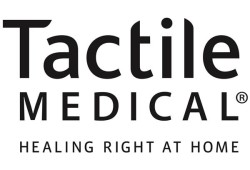 Tactile Systems Technology Inc (NASDAQ:TCMD) COO Robert J. Folkes sold 2,500 shares of the firm’s stock in a transaction on Tuesday, March 12th. The stock was sold at an average price of $70.36, for a total value of $175,900.00. Following the completion of the transaction, the chief operating officer now owns 111,654 shares in the company, valued at $7,855,975.44. The transaction was disclosed in a document filed with the SEC, which is available through this hyperlink.
Tactile Systems Technology Inc (NASDAQ:TCMD) COO Robert J. Folkes sold 2,500 shares of the firm’s stock in a transaction on Tuesday, March 12th. The stock was sold at an average price of $70.36, for a total value of $175,900.00. Following the completion of the transaction, the chief operating officer now owns 111,654 shares in the company, valued at $7,855,975.44. The transaction was disclosed in a document filed with the SEC, which is available through this hyperlink. 




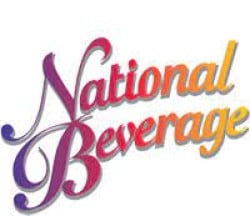 Rhumbline Advisers lifted its stake in National Beverage Corp. (NASDAQ:FIZZ) by 24.2% in the 4th quarter, HoldingsChannel.com reports. The firm owned 26,262 shares of the company’s stock after purchasing an additional 5,119 shares during the quarter. Rhumbline Advisers’ holdings in National Beverage were worth $1,885,000 at the end of the most recent reporting period.
Rhumbline Advisers lifted its stake in National Beverage Corp. (NASDAQ:FIZZ) by 24.2% in the 4th quarter, HoldingsChannel.com reports. The firm owned 26,262 shares of the company’s stock after purchasing an additional 5,119 shares during the quarter. Rhumbline Advisers’ holdings in National Beverage were worth $1,885,000 at the end of the most recent reporting period. 


 Sam Edwards | Getty Images
Sam Edwards | Getty Images  Paul Viant | Getty Images
Paul Viant | Getty Images 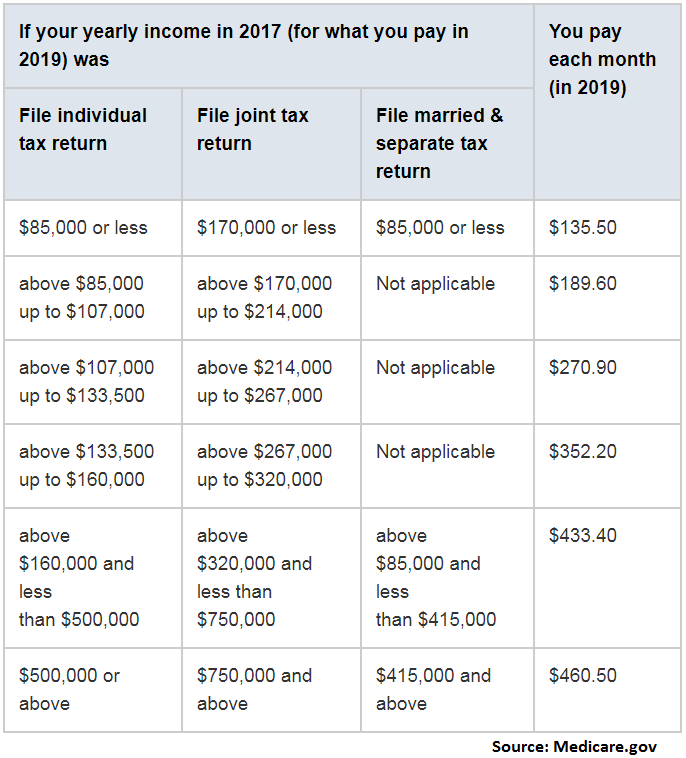
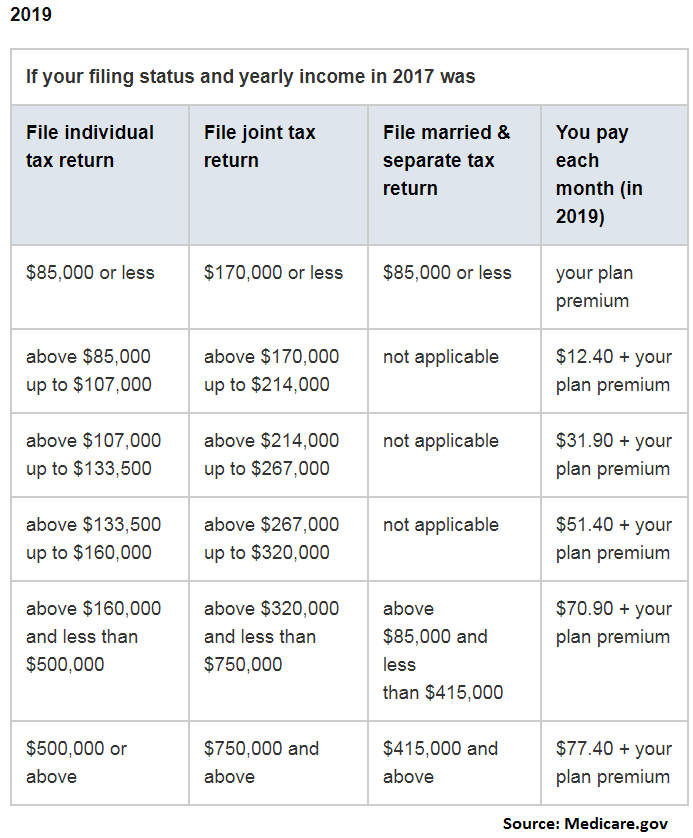
 David Paul Morris | Bloomberg | Getty Images Jeffrey Smith, chief executive officer and chief investment officer at Starboard Value LP.
David Paul Morris | Bloomberg | Getty Images Jeffrey Smith, chief executive officer and chief investment officer at Starboard Value LP. 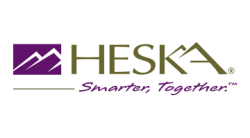 Heska (NASDAQ:HSKA) is scheduled to be announcing its earnings results before the market opens on Tuesday, February 26th. Analysts expect the company to announce earnings of $0.75 per share for the quarter.
Heska (NASDAQ:HSKA) is scheduled to be announcing its earnings results before the market opens on Tuesday, February 26th. Analysts expect the company to announce earnings of $0.75 per share for the quarter.  Equities analysts expect that Enphase Energy Inc (NASDAQ:ENPH) will announce earnings per share of $0.06 for the current quarter, Zacks reports. Five analysts have issued estimates for Enphase Energy’s earnings. The highest EPS estimate is $0.07 and the lowest is $0.05. Enphase Energy reported earnings of $0.01 per share in the same quarter last year, which would indicate a positive year over year growth rate of 500%. The firm is expected to announce its next earnings report after the market closes on Tuesday, February 26th.
Equities analysts expect that Enphase Energy Inc (NASDAQ:ENPH) will announce earnings per share of $0.06 for the current quarter, Zacks reports. Five analysts have issued estimates for Enphase Energy’s earnings. The highest EPS estimate is $0.07 and the lowest is $0.05. Enphase Energy reported earnings of $0.01 per share in the same quarter last year, which would indicate a positive year over year growth rate of 500%. The firm is expected to announce its next earnings report after the market closes on Tuesday, February 26th.